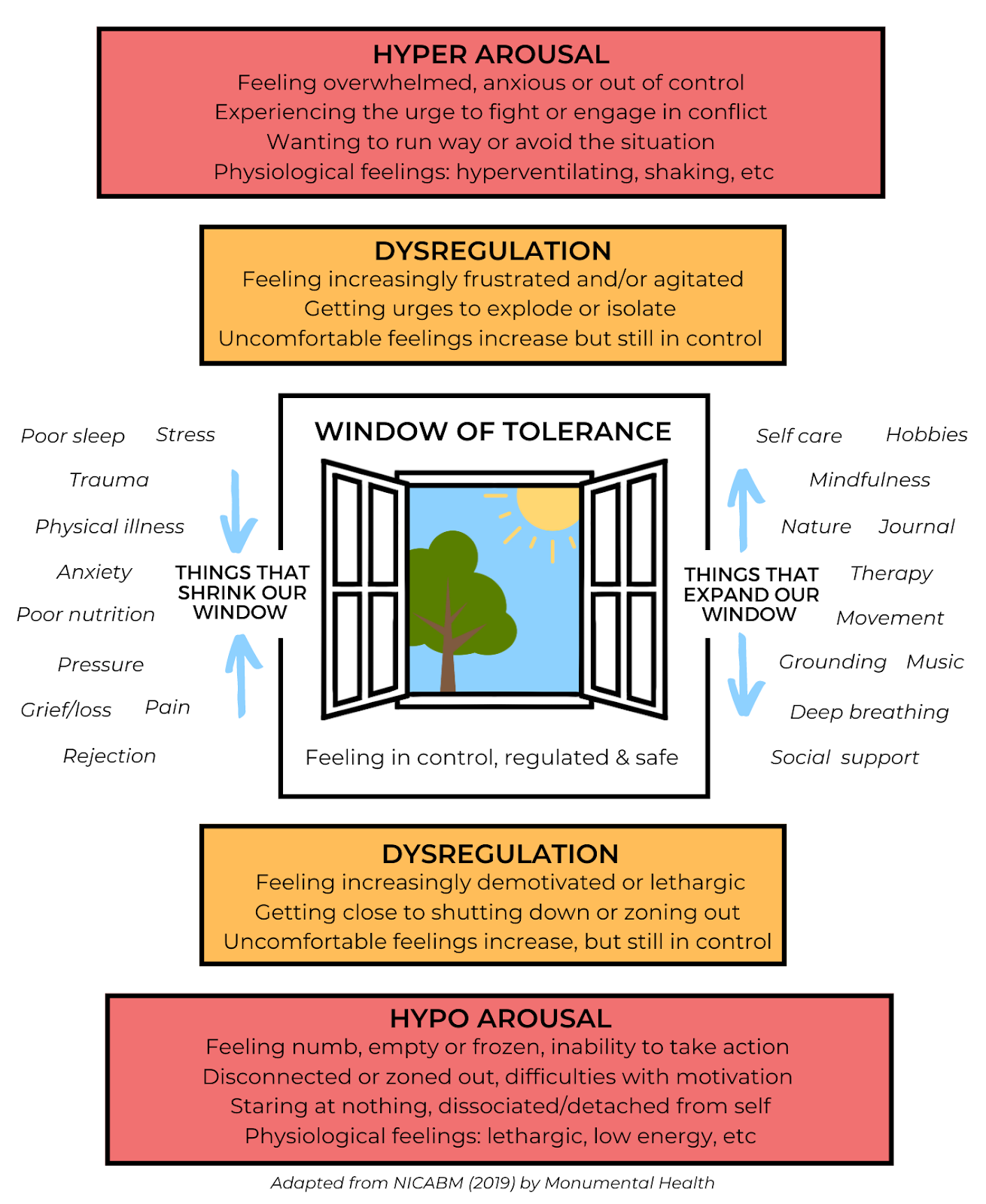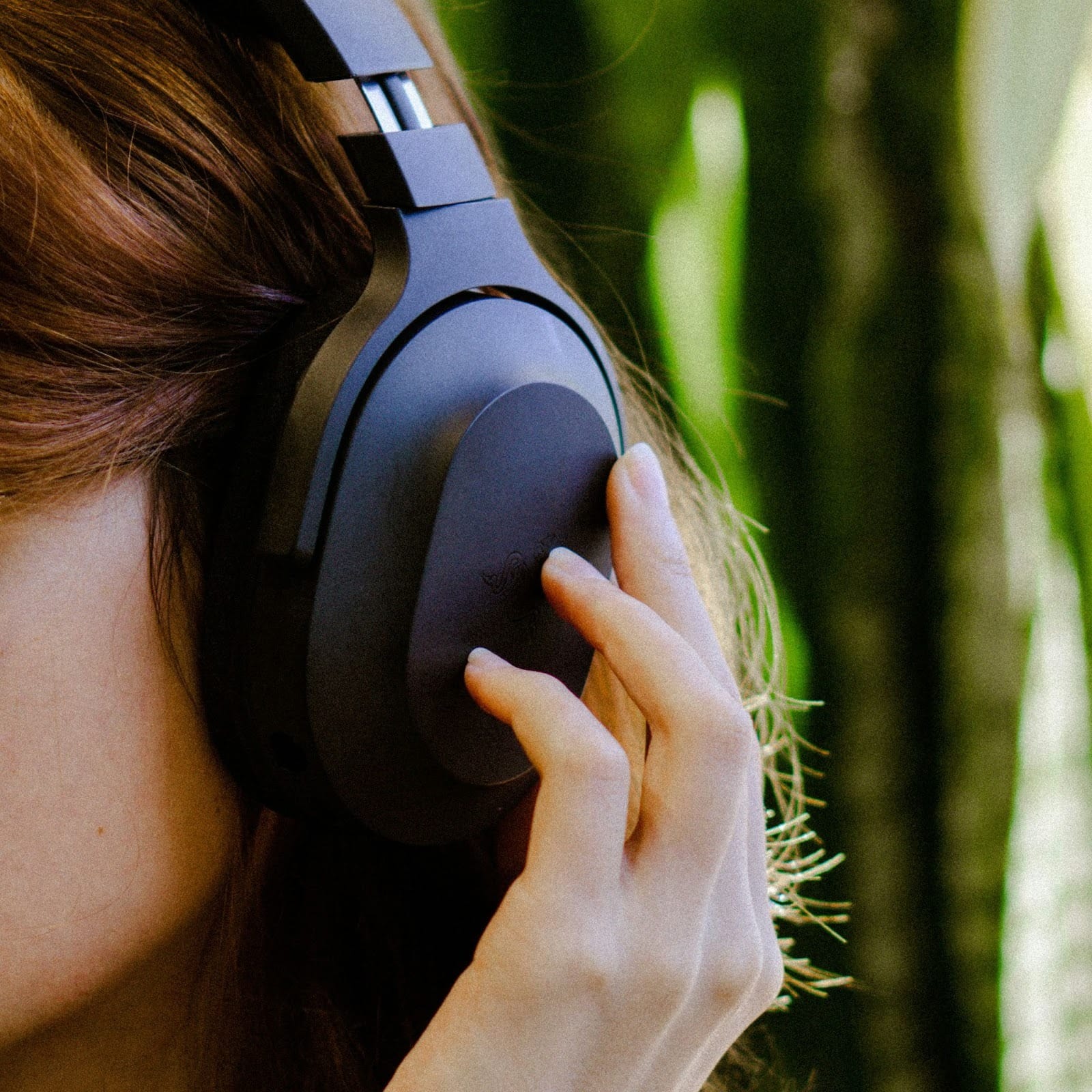Most people are no strangers to the activation of the sympathetic nervous system — the so-called “fight-or-flight” response. As we react to stress, we might feel our hearts pounding, notice a faster pulse or breathing, or feel sweat start to appear.
This stress response helps people to respond quickly to life-threatening situations, such as swiftly evacuating during the wildfires. But what happens when we get trapped in that “fight-or-flight” mode? As the end of the year approaches, wildfire survivors might be feeling more stress and burnout as they navigate both the holidays and rebuilding and recovery efforts. There are practices to help support mental and emotional health. In this article, we highlight music as another tool for healing and keeping our nervous system in balance.
Trauma and chronic stress go hand in hand
Chronic stress takes a toll on the body and mind. It can lead to symptoms like high blood pressure or anxiety. Sometimes the switch gets stuck in the “on” position, and we might struggle to control our emotions. Other times, that high-stress state leads us to extreme fatigue, like the rug is pulled out from under us.
Dr. Dan Siegel explains these states with the concept of the Window of Tolerance. When you are within your window, you can handle stressors as they come up, and your sympathetic (“fight or flight”) and parasympathetic (“rest and digest”) nervous systems are working in balance with each other.

When we are outside of our window of tolerance, we are either:
- hyper-aroused — mood swings, trouble sleeping, feeling tense or irritable, overreacting to stress, or
- hypo-aroused — fatigued, low energy or motivation, difficulty concentrating
So to stay within our window of tolerance, we need to down-regulate (calm down, relax) if we are hyper-aroused, and up-regulate (boost energy) if we are hypo-aroused. We can use tools like music therapy to bring us back to a balanced state.
“After silence, that which comes nearest to expressing the inexpressible is music.” — Aldous Huxley
Using music to regulate your nervous system is a natural choice. Throughout all of history, almost all cultures make music. It is a fundamentally human form of expression. The use of music as therapy is non-invasive and has zero side effects.
You don’t have to be a musician to utilize music as therapy. Here are some ideas of how you can use music to bring yourself into a state of balance:
Playlists
- Make some playlists, and label them as either up- or down-regulating collections
- Be more mindful of your music listening choices, e.g. for a workout — you probably don’t want to listen to some soft piano “music for relaxation” type of tunes. Instead, you’re going to put on “Eye of the Tiger” and get to work.
- Curate a playlist for any sets of emotions or activities you choose — maybe you have one for driving, another for focusing at work, one for playing with your kids, or one for the end of a long day.

Listening
- This might also sound simple, but when was the last time you sat down and paid attention to the lyrics of a song? Or asked yourself why it makes you feel the way it does?
- Instead of putting a song on in the background, press play and actively listen.
- Maybe put on a favorite song from high school. Or listen to a song with a fast beat and see if you feel energized. Or put on a familiar song and really listen to the lyrics - the song might be a sad one, even though it sounds upbeat.
- Simply listening to music activates many areas of our brains, including regions associated with emotions, memories, and rewards. We can use this to our advantage to actually trigger desired emotional responses.
Music and Body Scanning
- A body scan is a technique used in meditation practices like mindfulness-based stress reduction (MBSR). During the scan, you check in with your body (from head to toe, or vice versa).
- You can integrate music listening with paying attention to your body. Before you begin listening to a song, take note of how your body feels or what emotions you experience. Are your shoulders tense and up by your ears? Do you feel jittery or on edge? If you are feeling the emotion of overwhelm, for example, where in your body do you feel that stress?
- Get in a comfortable position and press play. If your mind wanders away from the music, acknowledge the thought, and then bring your attention back to the song.
- Once the song is over, check in with your body again. Did your posture change? Do you feel calm, energized, on edge, focused, sad? Remember, there’s no “wrong” or “bad” emotions. Check out the emotions wheel for some ideas.

Dancing
- Music and movement go hand in hand. Even at a silent disco, each person has tunes playing in their headphones.
- Even short bursts of “exercise” can boost your energy. Consider a little dance break at lunchtime before returning to work, or after you pick up the kids from school, or even as you are making your morning coffee.
Singing or Humming
- No matter if you do it only when you are alone, singing or humming is a fantastic way to balance your nervous system.
- The vagus nerve runs all the way from your intestines to your brain and is the main nerve of your parasympathetic nervous system (remember, the “rest and digest” branch). Singing and humming can stimulate the vagus nerve, thus activating the parasympathetic nervous system, which allows you to flow into a more relaxed, calm state.
- Singing with your kids is also a great way to build connection with them, and develop skills with them, such as language. They don’t care if you sing “off key.”

Playing Music
- If you have that one friend with a guitar, invite them over for a jam session. They can practice their skills, and you can sing, dance, or play along with them. “Jamming” is a great way to foster community with our friends and loved ones.
- Be resourceful. Build a tissue box guitar with an empty tissue box and some rubber bands. An empty can of soup is now a drum. Build a water xylophone by filling some glasses with water and use silverware as your “mallets.” These instrument-building activities are fun ways to engage your kids.
- Once the instruments are out, put on a song and play along. You can improvise — create music spontaneously — to be creative, curious, and present in the moment.
During and after the Los Angeles wildfires, people experienced trauma from the devastation firsthand or from a distance. Part of caring for ourselves in the aftermath is finding ways to handle that stress. One way to do so is to utilize a tool that is probably already a part of our daily lives — listening to and engaging with music. There is no wrong way to experience music. By using some of these strategies, we can pull ourselves out of a hyper- or hypo-aroused state and bring our nervous system back to balance.
Disclaimer: The content shared in our blog is for informational purposes only and should not be considered legal, medical, or financial advice. Please consult with a qualified professional for guidance specific to your situation.

